Welcome to Episode 15 of the Exoskeletons and Wearable Robotics podcast, where we discuss the past, present, and future of technology that moves you. In this edition, we are joined by Dr. Zach Lerner, Associate Professor in Mechanical Engineering at Northern Arizona University. Researcher of rehabilitation robotics and director of the NAU Biomechatronics Laboratory. Zach’s love for human mobility began with his status as a world-class climber and a member of the US climbing team; now, he is the CTO and Co-Founder of Biomotum.
Main topics: 00:00 Introduction. 04:19 How did you get started with pediatric exoskeletons? 07:23 The multidisciplinary nature of exoskeleton technology. 09:53 Who are some of the people in your lab, and how do you form a great team? 12:53 Success stories. 14:42 People will always have a variety of responses – Discussion. 17:23 Bringing the exoskeleton outside of the lab. 19:35 The importance of user perception. 22:12 How do you see better device adoption? 29:21 Where do you see things happening over the next five years? 33:16 Clinical vs take-home device research grants. 42:15 Innovations and developments in the works.
You can also catch the audio-only version of this episode on all major podcast audio channels within the next 24 hours.
We are very grateful to Dr. Lerner for taking the time. This episode adds to our previous discussion on pediatric exoskeletons, wearable design, usability, and achieving long-term adoption.
Special thanks to all of our Patreon supporters for the financial and moral support!
Summary of the Episode (AI Generated):
The episode begins by outlining Dr. Zach Lerner’s career path as a mechanical-engineering researcher who transitioned from competitive rock climbing to rehabilitation robotics. A lifelong fascination with tinkering and motors led to work on wearable robots designed to help people move more easily, culminating in the 2019 co-founding of Biomotum, a company that is commercializing a powered ankle exoskeleton.
Attention then turns to pediatric mobility impairments, especially cerebral palsy. Early graduate school projects on childhood obesity and a postdoctoral stint developing a knee exoskeleton for individuals with crouch gait highlighted how enthusiastic, adaptable, and technology-curious children can be. Those experiences cemented a long-term focus on pediatric exoskeletons, both for day-to-day assistance and for resistive “strength-training” modes that serve as home-based physical-therapy tools.
The conversation emphasizes how multidisciplinary exoskeleton development must be. Beyond mechanical design and control theory, success depends on psychology, clinical insight, user experience, and even sociology. For pediatric trials, matching staff to participants, keeping children comfortable, and maintaining trust are as critical as sensor accuracy or actuator reliability.
Several study outcomes are reviewed. In one multi-week resistance-training protocol, participants showed gains so striking that their physical therapists remarked on unprecedented improvements. Outdoor field tests and at-home pilots produced 30 – 40 % boosts in walking speed and clear user enthusiasm, reinforcing the point that perceived benefit and enjoyment drive real-world adoption more than lab-measured metabolic savings.
Adoption barriers are dissected in detail. Users want devices that are quiet, lightweight, aesthetically acceptable, compatible with any shoes, and able to run all day on a single battery. Cost, ease of access, and maintenance logistics matter as much as clinical efficacy. Cultural shifts toward “showing off” high-tech gear help, but reliability and a near-invisible profile remain long-term goals.
Regulatory and funding realities steer the product roadmap. A clinic-only version should clear FDA review more quickly than a take-home device, making rehabilitation centers the likely first market. Grants for home-use studies are still difficult to secure, although specialized NIH commercialization programs are beginning to fill that gap.
Market size estimates suggest hundreds of thousands—possibly over a million—children and adolescents worldwide could benefit from ankle exoskeletons, with even larger opportunities among stroke survivors, older adults with sarcopenia, and others facing lower-limb weakness. Because pediatric users have decades of mobility ahead, each successful intervention may yield far more “disability-free years” than devices aimed solely at late-life conditions.
Looking forward, the research group is experimenting with hybrid designs that pair battery-powered motors with tuned springs to extend battery life and reduce peak actuator loads. An open-source, modular exoskeleton platform is also in development to lower the barrier for newcomers who lack deep electrical engineering expertise. These initiatives aim to accelerate innovation across academic, clinical, and commercial communities and, ultimately, make everyday mobility aids as commonplace and user-friendly as glasses or hearing aids.


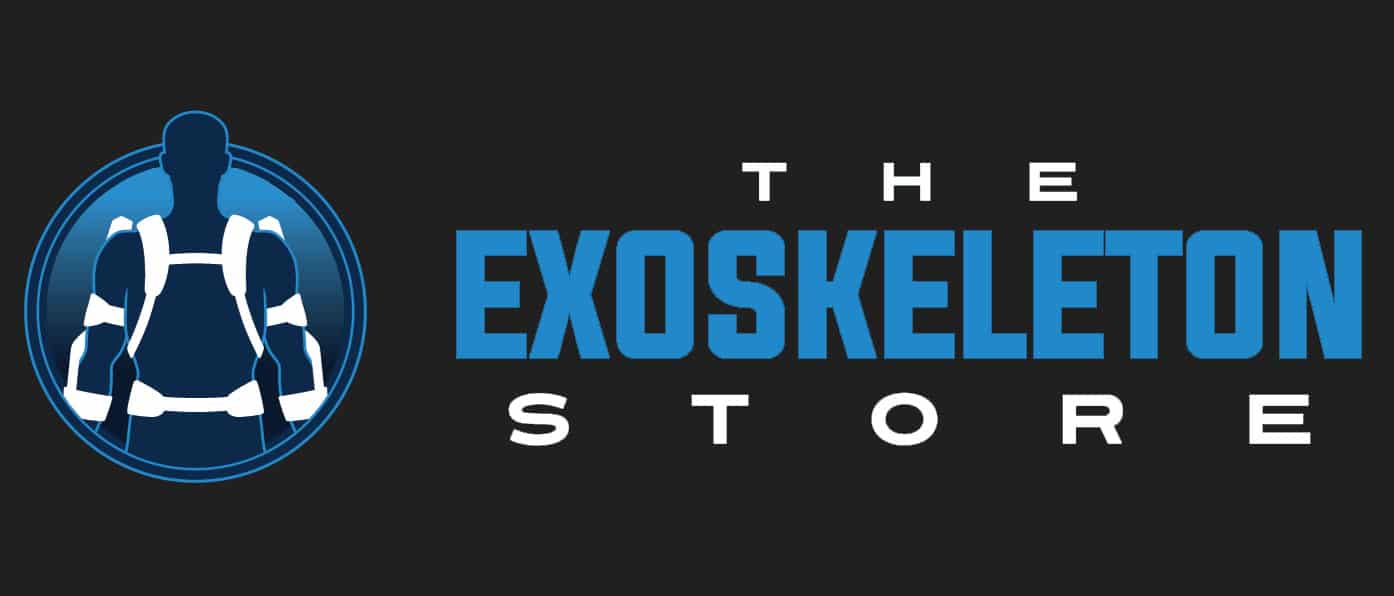
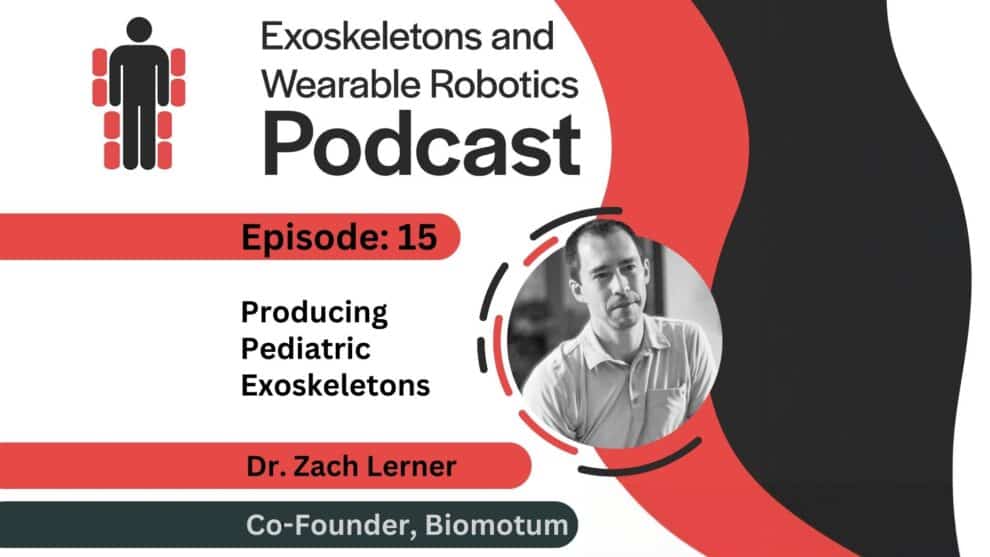


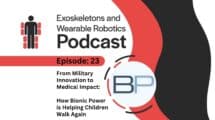
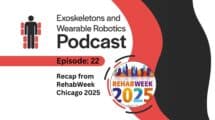
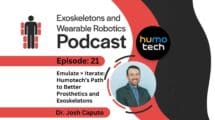
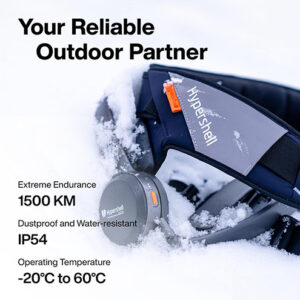
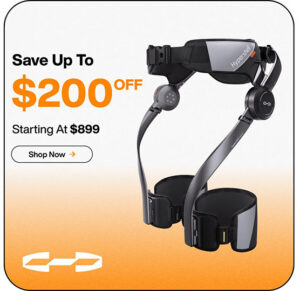
Jó napot kívánok én már 60 éves mozgássérült vagyok és érdekelne ez az exoskeleton. körülbelül mikor kerülne forgalomba?
Thank you for visiting the website. The best way to learn about availability and compatibility is to reach out to the manufacturer.